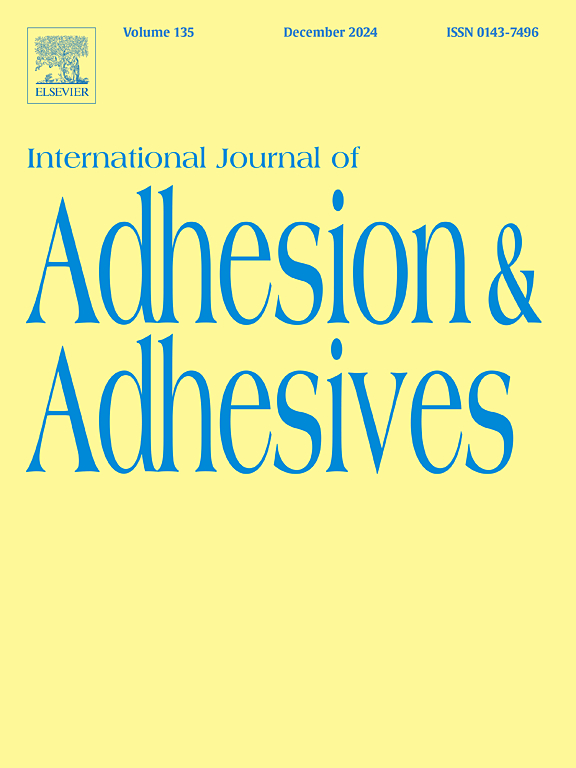The aim of this research was to analyze the interfacial properties between the surfaces of mechanically and electrochemically treated aluminium substrates and the printed coatings modified by the addition of silicon dioxide (SiO2) and titanium dioxide (TiO2) nanoparticles. The nanoparticles were added to the printing inks in various concentrations with the scope to optimize the interface properties of the prints for outdoor applications. The surface, as well as the structural and mechanical properties of the printed coatings were evaluated. Various methods were employed to measure and analyze the surface and interfacial properties of aluminium and coatings. Surface microphotographs and the roughness of the treated aluminium substrates were examined, the surface free energy of the aluminium and the coatings as well as the adhesion properties were calculated, and the thickness and optical density of the coatings were measured. Considering that the treated aluminium samples prepared for this research had quite textured and different surfaces, the contact angles used for the calculation of surface free energy were calculated with and without Wenzel model to obtain detailed information about the interactions between the surface of aluminium samples and the printed modified coatings. The results showed that the type of treatment of aluminium substrates as well as the modification of the printing inks have a significant influence on the adhesion and surface properties of the coatings considered. Furthermore, the results demonstrated that the produced nano-modified coatings can be used as printed coatings or as customized primers for applying various types of inks and coatings.


